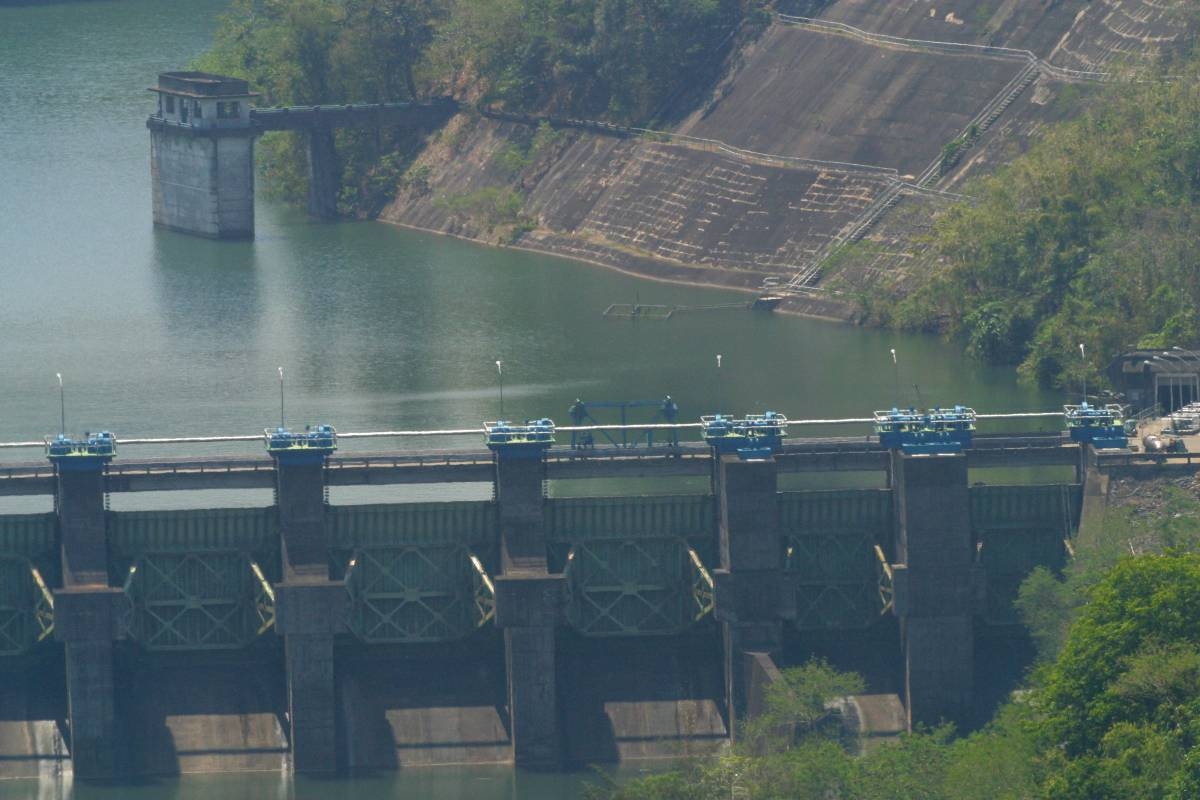A state hydrologist has issued a warning that Metro Manila may experience a water shortage in the first half of 2024, despite the above-normal water level of the Angat Dam. Elmer Caringal, a senior hydrologist from the Philippine Atmospheric, Geophysical and Astronomical Services Administration (Pagasa), emphasized that the current normal high water level (NHWL) of the dam at 213 meters does not guarantee an adequate water supply.
To maintain the water level at its normal high level of 212 meters, the dam operators have opened three gates to release “excess water.” Caringal explained that although the Angat Dam can hold water up to 215 meters, the decision to release water is due to ongoing rains in the watersheds that feed the dam.
Despite efforts by concerned government agencies to maximize the dam water supply and mitigate the impact of the El Niño phenomenon, water shortage is still likely, especially during the first and second quarter of 2024. Caringal emphasized the importance of water conservation by end-users, as the population of Metro Manila continues to grow and relies on the limited supply from Angat Dam.
In response to the water scarcity issue, Caringal expressed support for the establishment of a new dam to capture and store rainwater. This additional water source could be used for potable water supply and irrigation, helping to alleviate the strain on the Angat Dam.
While water shortage may not be a significant concern in areas outside Metro Manila, Caringal warned that brownouts might occur due to the El Niño and dry season in the coming year. The reduced rainfall outlook for 2024 could also impact major dams that contribute to power generation.
The insights provided by Senior Hydrologist Elmer Caringal shed light on the challenges faced by Metro Manila in ensuring a sustainable water supply. Despite the current water level of the Angat Dam, the impending El Niño and population growth pose significant risks to water availability in the region.
Efforts to conserve water and explore alternative water sources, such as the establishment of a new dam, are crucial in addressing these challenges. The responsibility to use water wisely falls not only on government agencies but also on the residents of Metro Manila, who must recognize the importance of sustainable water practices.
As the impacts of climate change continue to be felt globally, it is essential for communities to adapt and prepare for potential water shortages. By raising awareness and implementing effective water management strategies, Metro Manila can work towards securing a reliable and sufficient water supply for its residents.







